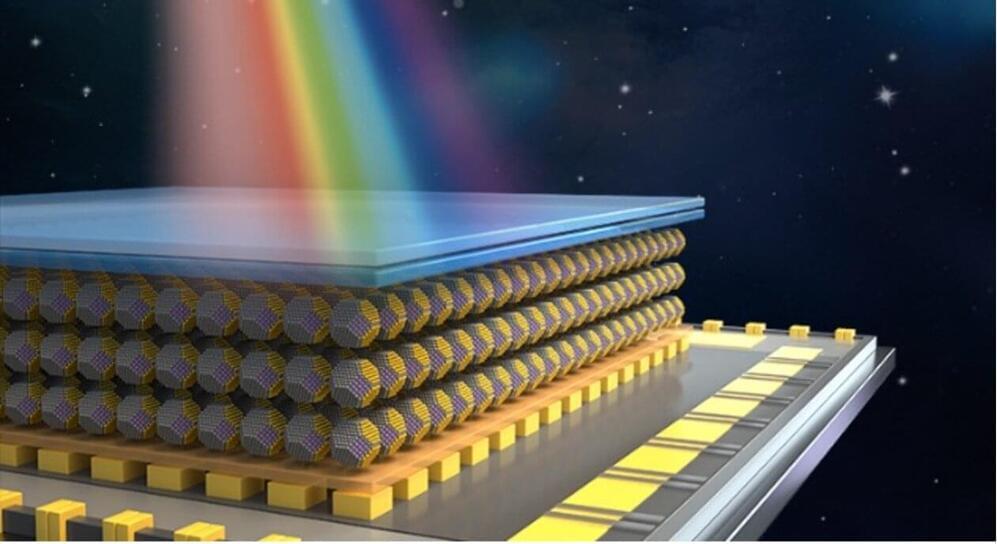Advances in the fields of robotics, autonomous driving and computer vision have increased the need for highly performing sensors that can reliably collect data in different environmental conditions. This includes imagers that can operate at near-infrared wavelengths (i.e., 0.7–1.4 µm), thus potentially collecting high resolution images in complex or unfavorable atmospheric conditions, such as in the presence of rain, fog and smoke.
Researchers at Huazhong University of Science and Technology (HUST), HiSilicon Optoelectronics Co. Limited, and Optical Valley Laboratory have recently developed a near-infrared colloidal quantum dot (CQD) imager. This highly efficient imager was presented in a paper published in Nature Electronics.
“Our group was founded at Wuhan National Laboratory for Optoelectronics, HUST in 2012 and continuously conducts research on CQD materials and devices with Associate Prof. Jianbing Zhang,” Liang Gao, one of the researchers involved in the study, told TechXplore.
